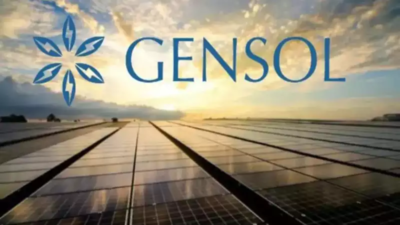Concerns Rise Over Potential Tariffs Impacting Botox and Aesthetic Injectables Market

The recent tumult over tariffs has cast a shadow over the cosmetic industry, leading to increased anxiety among consumers and investors alike. For those who rely on injectable aesthetics, such as Botox and similar products, this turmoil could potentially introduce further complications in accessing their preferred treatments.
While the recent reciprocal tariffs announced by former President Donald Trump did not initially include pharmaceuticals, that has not relieved the anxiety of investors or the countries involved in drug manufacturing. Concerns have particularly arisen in Ireland, a key manufacturing hub for Botox, where authorities are worried that the pharmaceutical sector might still be ensnared in ongoing trade disputes.
Investor sentiments have taken a hit, with pharmaceutical companies on both sides of the Atlantic experiencing significant stock price declines. Companies heavily involved in the aesthetics market, including Galderma, the maker of several filler products, and AbbVie, the owner of Botox, have seen their stock values plummet by roughly 20% since April 2nd. Galderma, which became an independent entity from Nestl in 2019 and conducted one of Europes largest IPOs in 2024, has suffered even more dramatically, losing over 35% of its market value since hitting a peak earlier this year.
Specific products, such as fillers and neuromodulatorsBotox and its competitor Dysportcould face severe repercussions if pharmaceuticals are subjected to further tariffs. According to RBC Capital, over 90% of the U.S. aesthetic injectables market by value is supplied by foreign manufacturers, with a substantial portion produced in Europe, including the UK where Dysport is made, as well as South Korea.
The U.S. market is crucial for the industry, accounting for a significant share of revenues. In 2024, it was reported that 41% of Galdermas $4.4 billion in net sales originated from U.S. customers. However, shifting production locations, especially for neuromodulators, presents significant challenges due to strict manufacturing regulations, making quick adjustments nearly impossible. If the pharmaceutical sector becomes a target in Trumps tariff agenda, price increases would likely follow, further straining the market and potentially leading to diminished sales in the U.S. market.
Even prior to the issues arising from tariffs, there were already signs of weakness in U.S. consumer sentiment, compounded by growing competition within the aesthetics sector. Nevertheless, there are still optimistic indicators for the growth of aesthetic injectables. The phenomenon dubbed Ozempic face, which refers to facial sagging observed in users of anti-obesity medications, has garnered attention and could increase the demand for aesthetic treatments. Additionally, while Galderma's sales in the U.S. remained stagnant last year, international sales surged by 15% compared to 2023.
However, before investors feel confident enough to return to the beauty market, the uncertainties related to tariffs and their implications for the pharmaceutical industry will need to be addressed.
For further inquiries, feel free to reach out to Nathalie Thomas at nathalie.thomas@ft.com.




















